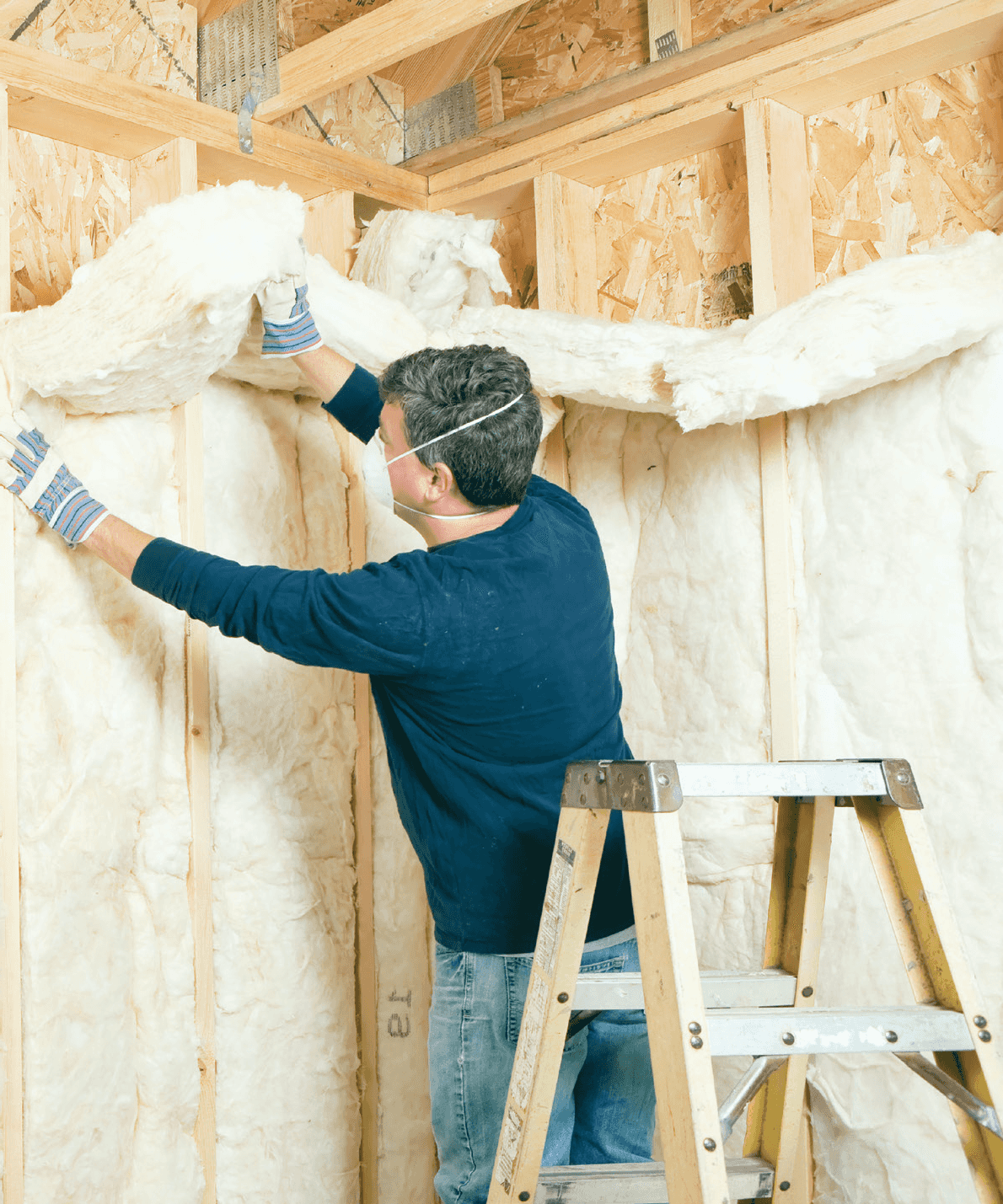
New Regulations: Insulation
Changes to the Residential Tenancies Act (RTA) means insulating rentals is no longer optional, writes Louise Richardson.
31 May 2019
Anyone Old Enough To Remember 1970s television will recall a high-profile advertising campaign featuring a creature called ‘sneaky heat,’ which had a habit of slipping out of the house when nobody was looking.
Around this time insulation standards were added to the Building Act (in 1978), with the tangible benefits of having insulation, in terms of health, warmth, cost saving, and comfort becoming better understood by the majority of the public.
Fast-forward to 2015 when Minister of Building and Construction Nick Smith announced up-coming changes to the Residential Tenancies Act, estimating that as many as 280,000 New Zealand rental houses and units may still be under-insulated or not insulated at all.
By 1 July, 2019, he said, all rental properties must be retrofitted with floor and ceiling insulation and landlords ordered to specify what level they have provided, with the minimum being the 1978 standard for already-insulated dwellings, while properties that had no insulation, prior to now, must meet current standards.
Investor Reaction
Tim Horsbrugh from the Wairarapa NZPIF says most of his fellow landlords are pleased with the proposed changes.
“It helps that we’re being given a generous time frame in which to comply, but many of us have done so already,” Horsbrugh says.
“The underfloor aspect took some of us by surprise, though, as many of us don’t even have that in our own homes.”
In some cases exemptions will be granted; if a property is too close to the ground or has insufficient space in the roof cavity to make installing insulation feasible, for example.
Horsbrugh is relieved as he has a property in Wellington with a flat roof.
“As long as they are reasonable about it all, it should work out well,” he says.
NZPIF’S Reaction
The New Zealand Property Investors’ Federation, as a whole, broadly supports the changes, which are essentially a compromise, with a previously proposed ‘warrant of fitness’ scheme for rentals being ruled out.
They estimate that the cost of topping up an average rental to today’s standards will cost between $2500-$3000, and while the changes are primarily designed to provide kiwi renters with warm, dry homes, it goes without saying that owners will have a more valuable investment.

In workshops where groups with vested interests have attempted to convince the Government to legislate that all rental dwellings be retrofitted to modern standards, NZPIF has argued that although current standards are 50% higher than those in 1978, there is only a 2.5% increase in efficacy.
Getting Started
As landlords, bearing in mind what a huge operation this will be, it makes sense to start considering the various options now and avoid a possible last minute rush in 2019.
“It’s going to be worth it because we’ll end up with superior properties, increased income and reliable, happy tenants,” Tim Horsbrugh says.
Over the past three years, EECA’s Warm Up New Zealand programme has assisted landlords through projects based all around the country.
It’s going to be worth it because we’ll end up with superior properties, increased income and reliable, happy tenants – Tim Horsbrugh.
To be eligible for financial assistance with installing insulation you need to have a tenant with a community services card, or have a property that is occupied by someone under 17 and/or over 65 years old. If someone in your rental has health issues which relate to cold and dampness, you can also apply.
After proving successful, the scheme finishes at the end of June 2016 and, at this stage, decisions about further funding are still to be made.
Horsbrugh says that a number of his fellow landlords have benefited from Warm Up New Zealand and are keen to hear what will happen next.
The good news is that there are other options, with many local councils offering loans for insulating a dwelling, which can then be paid back as an addition to the rates bill, over a number of years.
Most council websites contain this information and can also provide free, expert advice in order to help you best meet the needs of a particular property and its tenants. The proposed changes are expected to be finalised soon.


